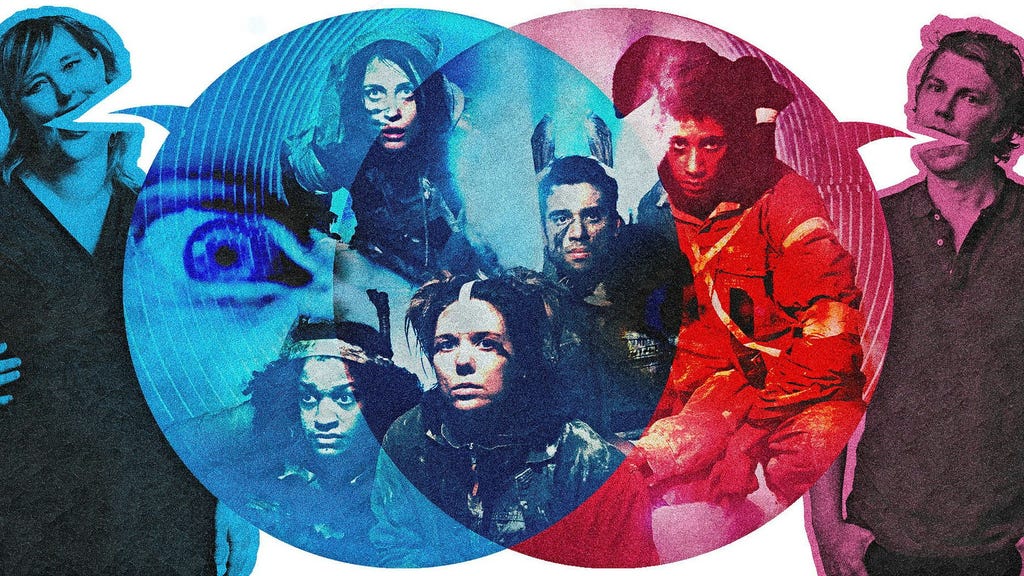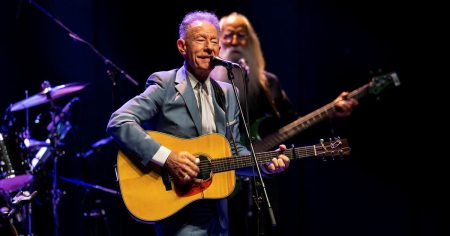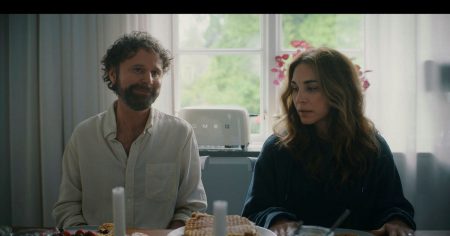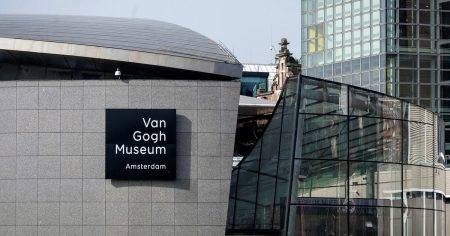A Bleak Journey: Richard Adams’ Watership Down Reimagined on Stage
Richard Adams’ classic novel Watership Down, renowned for its poignant exploration of survival, loss, and the indomitable spirit of a community facing extinction, has been adapted for the stage by director Alexander Mørk-Eidem at Kulturhuset Stadsteatern. However, this theatrical rendition, while ambitious in scope and visually striking, unfortunately misses the emotional core that has resonated with audiences for decades. The production, a three-hour spectacle including intermission, trades the heart-wrenching sorrow of the original narrative for a post-apocalyptic aesthetic, infused with a frenetic energy that, while engaging, ultimately detracts from the story’s inherent emotional power.
The stage adaptation replaces the iconic melancholic ballad "Bright Eyes," a symbol of vulnerability and hope in both the novel and the animated film, with a relentless hard rock drum solo performed by a lone musician perched atop a pylon. This shift in tone sets the stage for a more action-oriented interpretation, where the rabbits, clad in khaki, camouflage, and hockey pads, navigate a bleak, dystopian landscape. The constant drumming, while creating an atmosphere of urgency, overwhelms the quieter moments of reflection and emotional depth that define the original narrative. While the narrative does touch upon the devastation that befalls the initial rabbit colony, the impact is diminished by the constant barrage of sound and action.
The performance suffers from a narrative overload, particularly in the first act, where a significant amount of exposition is delivered through narrators. This approach sacrifices emotional connection for expediency, leaving the audience struggling to keep up with the multitude of characters and plot points. The sheer volume of information presented becomes overwhelming, preventing viewers from fully engaging with the story and characters. The production’s attempt to capture the essence of the novel’s themes is overshadowed by a frenetic pace and a cluttered narrative structure.
Mørk-Eidem’s adaptation, while visually captivating with its post-apocalyptic setting, sprawling set design, and projections of celestial bodies on a vast grey backdrop, struggles to maintain narrative coherence. The director’s attempt to inject contemporary references, such as wolfcuts for rabbit ears and bombardier jackets for the totalitarian rabbit faction, creates a jarring disconnect between the timeless themes of the novel and the modern aesthetic. While aesthetically intriguing, these elements do not contribute to the narrative’s emotional depth and instead introduce an element of dissonance. The production also suffers from an overabundance of subplots, particularly three concurrent narratives focusing on the male rabbits’ quest to acquire female companions for their colony. These intertwined storylines dilute the overall narrative focus, making it challenging for the audience to maintain interest and emotional investment.
Despite the production’s shortcomings, certain elements do shine through. Jörgen Thorsson’s portrayal of the seagull, a character offering a bird’s-eye view of the rabbits’ plight, is a standout performance. Thorsson’s energetic and engaging portrayal, complete with interactions with the audience, injects a much-needed dose of levity and dynamism into the production. Furthermore, the production’s emphasis on the strength and resilience of a diverse collective, where every member, regardless of background or ability, contributes to the community’s survival, is a commendable interpretation of the novel’s core message. This inclusivity is exemplified by the significant role given to Koppen, played by Marcus Mattisson, an actor with Down syndrome. The portrayal highlights the importance of community and solidarity in times of crisis, a theme that resonates deeply within Adams’ original work.
Ultimately, this adaptation of Watership Down falls short of capturing the emotional depth and poignant beauty of the original narrative. The production’s unrelenting pace, cluttered narrative, and jarring stylistic choices detract from the story’s inherent power, leaving the audience feeling disconnected from the characters and their struggles. While the visual spectacle and energetic performances are engaging, they cannot compensate for the lack of emotional resonance. The production ultimately becomes a spectacle rather than a moving exploration of survival, loss, and the power of community. The essence of Watership Down lies in its exploration of vulnerability and resilience, themes that are unfortunately lost in the frenetic energy of this stage adaptation. It is a production that prioritizes visual spectacle over emotional depth, leaving the audience yearning for the quiet poignancy of the original narrative.














